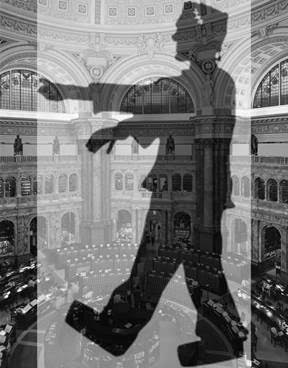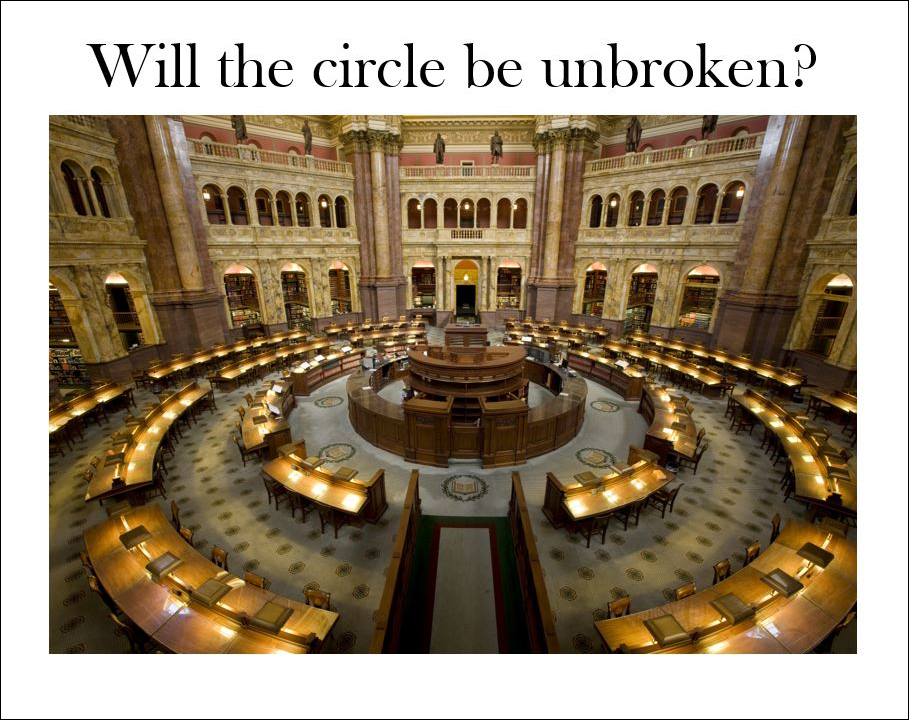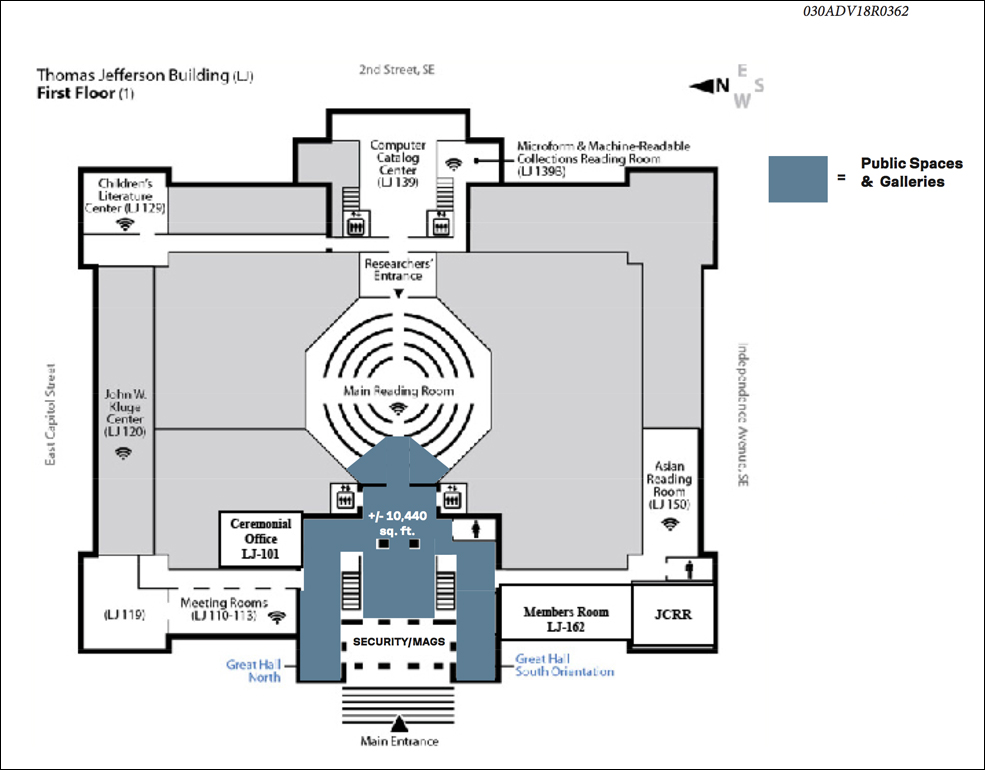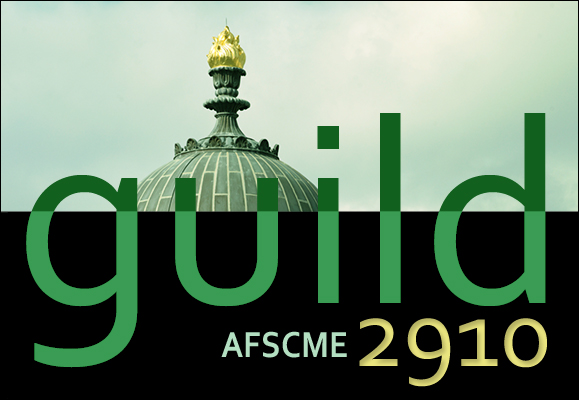By Saul Schniderman, Guild President

This message was distributed to bargaining unit employees on October 17, 2018:
The October 12, 2018 issue of the Library of Congress Gazette staff newsletter included the following announcement:
WOULD YOU LIKE TO FRANKENREAD?
This year marks the 200th anniversary of Mary Shelley’s classic horror tale, “Frankenstein.” Institutions around the world, including the Library of Congress, are holding all-day readings of the novel to celebrate the extraordinary influence the book has had on popular culture. The event is called “Frankenreads.”
Library staff who would like to read for about 10 minutes may volunteer for a spot, from 10 a.m. to 6 p.m. in the Main Reading Room on Oct. 31. We will send information and release forms for you to return.
This event is advertised as “the marquee event of the Frankenreads project” at “the Library of Congress’s magnificent Jefferson Building… Attendees may drop in at any time, stay the whole day, or watch part or all of the livestream.” (https://frankenreads.org/event/all-day-frankenstein-reading/). Many Guild members read these announcements and expressed concerns to us because of discussions that have taken place concerning proposed changes to the Main Reading Room.
On June 19, 2018 our organization sent out an email bulletin alerting employees of plans by the Office of the Librarian to install a plexiglass partition—in the shape of a wedge—which would subdivide the Library’s magnificent Main Reading Room (MRR). In our email we stated that the Main Reading Room is “the heart and soul of our institution” and that “casual pedestrian traffic” into the reading room could disrupt the work of researchers and staff and lead to an increased level of noise. In our email we invited comments from employees and we received numerous replies, all of them critical, of the proposal from the Office of the Librarian.
Ever since the move of Reader Registration to space across from the MRR, reference librarians who work in the Main Reading Room began contacting the Guild with concerns about an increase of tourists—who are often referred to as “users” by the Librarian’s Office—traipsing through the Main Reading Room. Although reference librarians have tried to engage these casual visitors, most of them have not shown interest in asking questions. Reader registration was designed to identify Library researchers for purposes of collection security. But what was happening in the MRR was that tourists—including families with children—obtained readers cards, crossed the hallway and began “touring” the reading room.
Please note: the MRR has always been accessible to tourists whose goal was casual observation of the architecture. The Library of Congress offers public tours of the Jefferson Building six times a day, Monday through Friday and twice a day on Saturday. Special family tours, foreign language tours and a walking tour for visitors with visual impairments are also provided. The glass-enclosed Main Reading Room overlook gallery is accessible to the public from the second floor of the Jefferson Building. And the Main Reading Room, itself, is open twice a year, from 10:00 a.m. to 3:00 p.m.—last year on Memorial Day and Columbus Day—in an “open house” atmosphere. In addition, any interested person can come to the MRR to use the collections.
Dr. Hayden was sworn in as Librarian of Congress on Sept. 14, 2016 and since she has taken office she has established a consultative relationship with the Library’s three unions: the Guild (AFSCME Local 2910), the Employees’ Union (AFSCME Local 2477) and the Congressional Research Employees Association (CREA, IFPTE Local 75). This is most commendable. At our meeting on July 11 the Guild was represented by myself, Guild Chief Steward Anne Toohey and Steward Mark Hall (Anne and Mark both work in the Main Reading Room as reference librarians). We talked to Dr. Hayden about the plexiglass “wedge” proposed for the Main Reading Room, the noise it would cause for researchers and the negative impact a public “fishbowl” would have on staff and readers.
Dr. Hayden acknowledged our concerns and stated to us that plans to partition off a section of the Main Reading Room were only in the early stages, a conceptual idea of what might be considered, and that nothing was “set in stone.” In our conversation with her, Dr. Hayden reminded us that Dr. Billington’s wish was to “get the champagne out of the bottle.” Moving forward, her goal was “to start drinking it” which we take to mean that she is committed to implementing the Library’s mission of sharing our resources with the public. I replied by saying that the Guild supported her but reminded her of another one of her predecessor’s goals regarding the Library‘s operations: that, as Dr. Billington used to say, “we need to add without subtracting.” The Guild, I pointed out, is concerned about the possible “subtracting” of reference service in the MRR by opening it up, too broadly, to the general public.
Anne, Mark and I left this meeting with a degree of relief that the “wedge proposal” was not finalized. We decided to respond by enlarging a photo of the Main Reading Room and mounting it on our sixth floor bulletin board underneath the slogan “Will the Circle Be Unbroken?” to express our members’ desire to maintain the integrity of the MRR space.

We then discovered a Request for Proposal (RFP), which is the instrument a federal agency uses to seek potential contractors. This RFP (Solicitation 030ADV18R0362) requests proposals “for the development of a comprehensive visitor experience master plan (Plan) for the Library’s Capitol Hill Complex” that focuses on orientation, wayfinding, exhibits, public programs, research spaces and other initiatives which will “create meaningful and enjoyable cultural experiences in the galleries and the public spaces” in the Jefferson, Madison and Adams buildings. Included in the Plan is the identification of “accessible and intriguing ways to showcase and integrate Library of Congress ‘behind-the-scenes’ experts, research, collections, and conservation work,” which explores the possibility of offering visitors “glimpses of the Library in real time.” We were disheartened to see a floor plan attached to the proposal which identified “the wedge” into the Main Reading Room as a public space.

Floor plan provided by the Library of Congress as part of its RFP titled “Visitor Experience–Design Services”
Will this RFP be used to direct a contractor to create a plan that will include the design of a plexiglass wedge in the Main Reading Room so visitors can see researchers, reference librarians and library technicians working “in real time?” If implemented how will this impact the quiet environment of the MRR as well as researchers’ privacy? Will this become a monster in the Main Reading Room?
On October 31st the Library will join with hundreds of partners to celebrate the 200th anniversary of Mary Shelley’s Frankenstein. Library staffers are invited to read for ten minutes from the famous 1818 novel and the event will be livestreamed and recorded for future webcast. Staff are being encouraged to “wear a Frankenstein-related costume,” which sounds like a lot of fun.
The problem is that it will disturb researchers and readers—and staff—who are in the reading room doing serious work. The problem is that it will take place in Alcove 8 and Alcove 2 in the Main Reading Room, an area that will be walled off with stanchions. Curiously enough, this is the same area proposed for the “wedge.”
Halloween is a celebratory occasion and Mary Shelley’s Frankenstein, on its 200th anniversary, deserves to be honored at the Library of Congress.
But not in the Main Reading Room.
